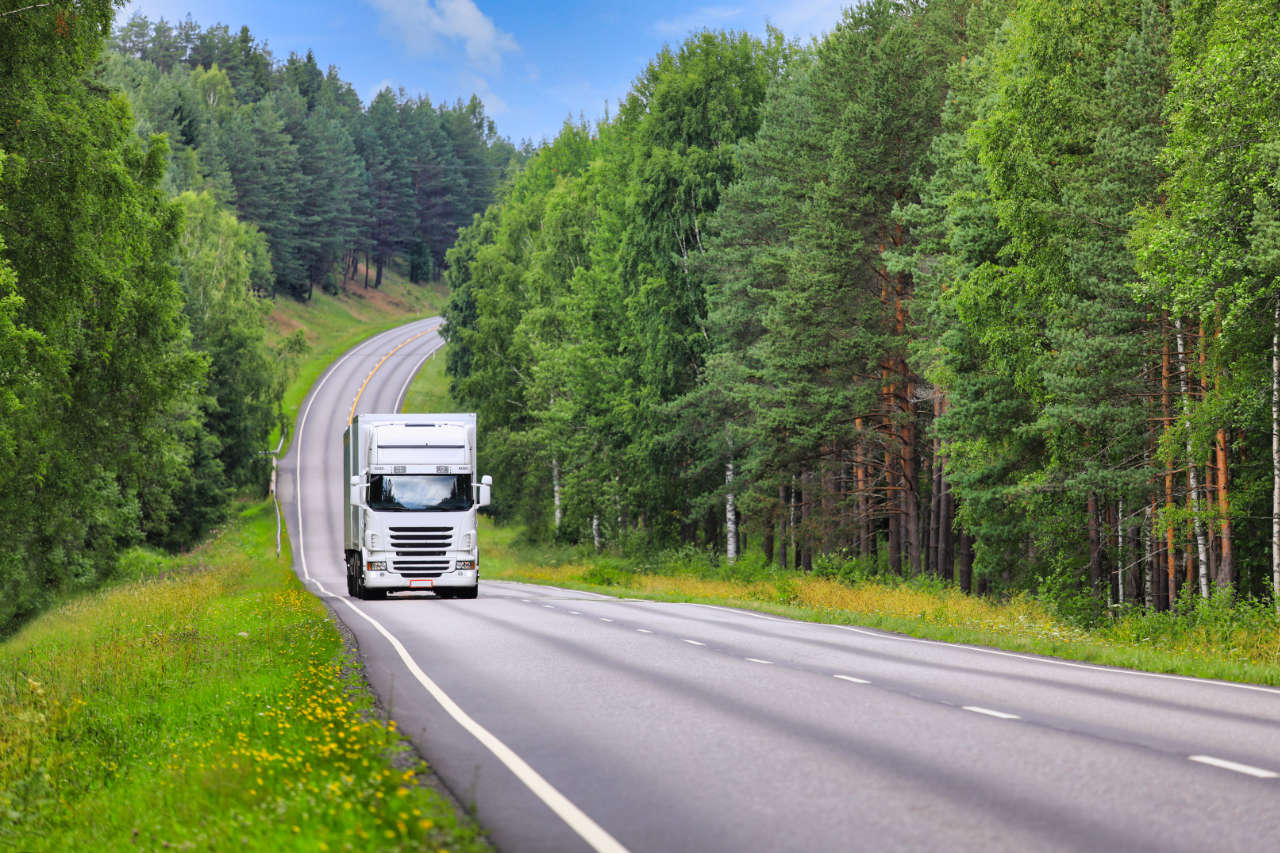With the goal of becoming a net-zero emissions nation by 2050, pressure is on Irish businesses to implement sustainable supply chain practices across their operations to help tackle climate change.
Customers also have a part to play when driving this change. According to a study by Deloitte, nearly 1 in 3 consumers claimed to have stopped buying brands or products they had ethical or sustainability concerns about – and 74% of people believe their actions can improve the environment.
Many organisations use transparency to demonstrate their sustainable supply chain management, giving customers, investors and other stakeholders confidence in the sustainability of their supply chain.
However, what you are showing when being transparent needs to have real weight; otherwise, it could be viewed as an attempt at greenwashing.
What is a sustainable supply chain?
A sustainable supply chain aims to have as little negative environmental impact as possible.
A sustainable supply chain isn’t limited to environmental issues. It often forms part of an organisation’s environmental, social and governance (ESG) activities. This means focusing on activities such as producing as little waste to landfill as possible, reducing carbon emissions, improving health and safety policies and labour conditions, and avoiding worker exploitation.
Find out more with our guide to the circular economy.

The benefits of a sustainable supply chain
The benefits of a sustainable supply chain apply not just to the environment and society but also to the organisations that adopt them.
These benefits may include:
- Reduced operational costs.
- Improved supply continuity.
- Attracting new customers.
- Increased brand trust from customers and clients.
- Access to procurement tenders that require compliance with standards such as ISO 14001 and ISO 50001.
Five ways to build a sustainable supply chain
1. Map your supply chain
Before making adjustments to “green” your supply chain, you must understand and analyse it and how it operates. You can do this by mapping the flow of your materials and products from source of origin through each production, manufacturing and logistics stage to your customers.
While mapping, it’s important to keep sustainability the focus, while paying attention to where resources are being spent. The analysis should be concerned with:
- the volume and type of waste being produced,
- how waste is managed and disposed of, and
- the efficiency of each stage of the supply chain.
This will help you track where resources and energy are being spent and allow you to identify areas for improvement.
2. Identify any current or potential issues in your supply chain
Setting goals and tracking progress can be challenging if you’re not sure where to start your sustainable supply chain journey.
After mapping your supply chain, breaking it down into individual elements and starting from the beginning of the process can make it easier to identify patterns of behaviour and their consequent issues.
Some problems may be more complex to identify than others – are waste materials from manufacturing processes monitored? How often are health and safety policies reviewed? Are working conditions monitored, and how? Do you have evidence from your suppliers about their credentials? Can you independently check any evidence or claims?
By taking a questioning, focused approach, it can be easier to identify and accurately implement solutions.
3. Use data and technology
Large-scale supply chains can be incredibly complex to map and examine manually, meaning technology is usually involved in their analysis. Supply chain technology can more quickly and accurately identify missed opportunities or weak points.
Cloud-based technology is capable of collecting real-time data that will help you evaluate your supply chain’s performance as well as save valuable time that might have been spent manually collecting and inputting data into a system. This technology can also help streamline sustainable supply chain management by making it easier to share resources and data between supply chain partners (for example, between haulage and warehouse teams).
4. Set goals and how you plan to measure them
After the sections of the supply chain that need to become more sustainable have been identified, you can set KPIs and define how best to measure progress. This is also where you set sustainability benchmarks, which can help determine your KPIs and the actions needed to meet them.
Regular monitoring of KPIs can help you track progress and identify areas in the supply chain that are underperforming.
5. Involve your suppliers
Some organisations handle their entire supply chain in-house, while others outsource and work with suppliers, shipping services and other third parties. While handling in-house can make it easier to make sustainable changes, it isn’t a logistical option for some organisations.
However, it is possible to create more sustainable practices with third-party suppliers without having direct control over their actions. Ensure that you implement contracts to provide sustainable auditing and accountability, including the provision of evidence such as recycling, worker conditions and greenhouse gas (GHG) emissions.
Importantly, regularly meet with suppliers to review their performance and develop a culture of sustainability. It may be worth detailing sustainability thresholds and any evidence you require when tendering for suppliers as part of your procurement process.
Find out more about the sustainability challenges for Irish businesses.

What else can you do?
ISO management system standards such as ISO 14001 and ISO 50001 can help you embed sustainability at the heart of your supply chain operations.
ISO 14001 is the global standard for organisations who want to demonstrate their commitment to the environment and their credentials. By implementing an certified environmental management system (EMS), organisations can manage, measure and control their environmental impact while improving operational efficiency and lowering costs.
ISO 50001 provides organisations with the framework needed to implement an effective energy management system (EnMS), which can help improve energy efficiency and reduce their impact on the environment. Suitable for organisations of all types and sizes, being ISO 50001-certified can build customer trust in your brand and reduce your carbon footprint.
Read our guide to small business sustainability for more information.




